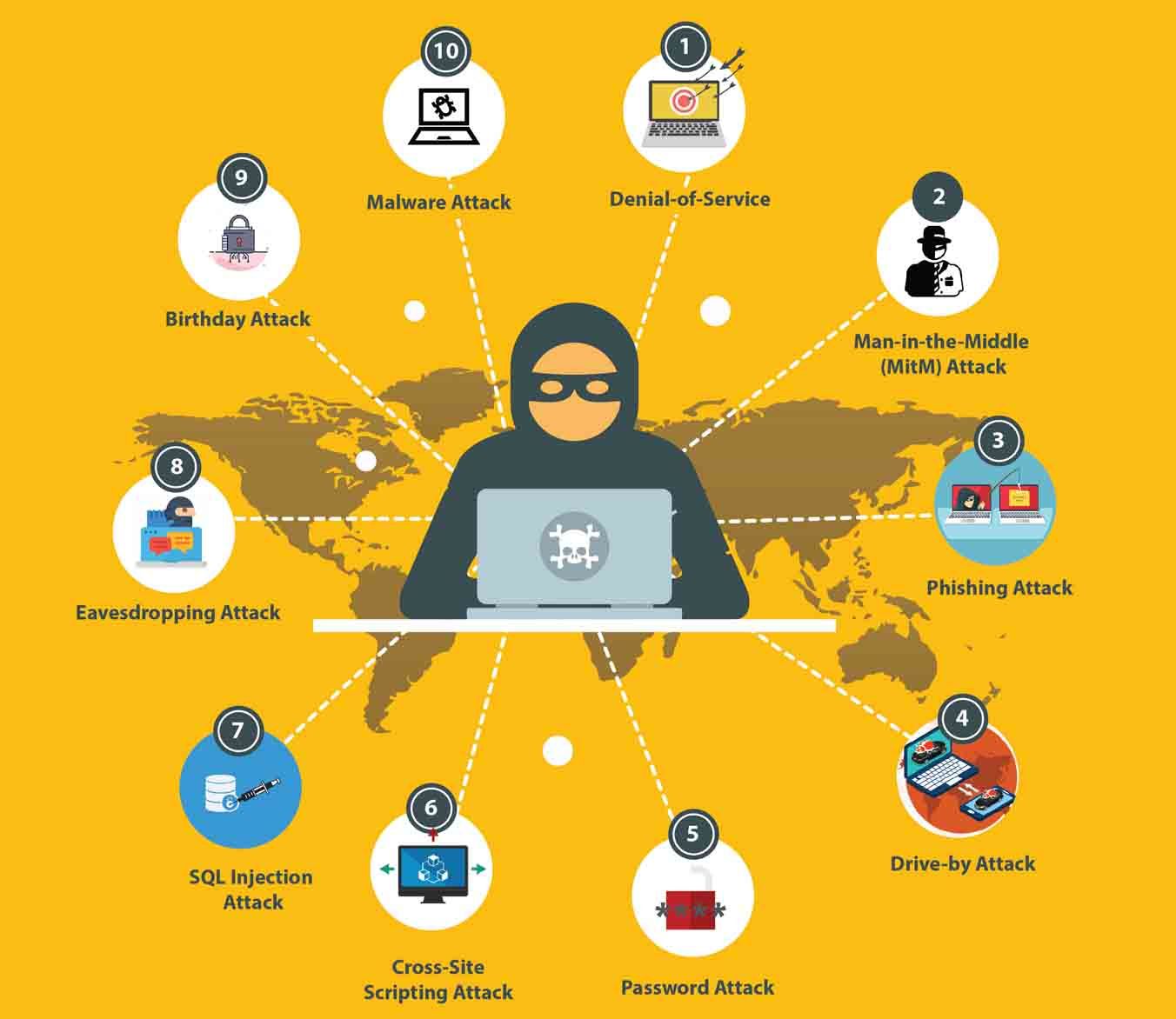In today’s digital age, cyber threats have become a major concern for individuals and businesses alike. With the increasing reliance on technology for everyday tasks, the risk of falling victim to cyber attacks is higher than ever before. It is crucial to understand the different types of cyber threats and implement effective prevention strategies to safeguard your personal and sensitive information.
Types of Cyber Threats
1. Malware: Malware refers to malicious software designed to gain unauthorized access to a computer system or disrupt its normal operation. Common types of malware include viruses, worms, trojans, and ransomware. Malware can be installed on a device through email attachments, infected websites, or malicious downloads.
2. Phishing: Phishing is a type of cyber attack that involves tricking individuals into revealing sensitive information such as passwords, credit card numbers, or personal details. Phishing scams often come in the form of emails or messages that appear to be from trusted sources, prompting recipients to click on malicious links or provide confidential information.
3. Denial of Service (DoS) Attacks: DoS attacks are designed to disrupt the normal operation of a network or website by overwhelming it with a flood of traffic. This prevents legitimate users from accessing the targeted system or service. Distributed Denial of Service (DDoS) attacks involve multiple compromised devices working together to orchestrate a large-scale attack.
4. Man-in-the-Middle (MitM) Attacks: In MitM attacks, a cybercriminal intercepts communication between two parties without their knowledge. This allows the attacker to eavesdrop on sensitive information, modify data, or impersonate one of the parties involved. MitM attacks can occur on unsecured public Wi-Fi networks or compromised devices.
Prevention Strategies
1. Use Antivirus Software: Install reputable antivirus software on your devices to detect and remove malware. Regularly update the software to ensure it is equipped to protect against the latest threats and vulnerabilities.
2. Enable Firewall Protection: Enable firewall protection on your devices to monitor and control incoming and outgoing network traffic. Firewalls act as a barrier between your device and potential cyber threats, helping to prevent unauthorized access.
3. Practice Safe Browsing Habits: Be cautious when clicking on links or downloading attachments from unknown sources. Avoid visiting suspicious websites or clicking on pop-up ads that may contain malware. Verify the legitimacy of websites before entering any personal information.
4. Implement Strong Passwords: Create strong, unique passwords for each of your online accounts to prevent unauthorized access. Use a combination of letters, numbers, and special characters, and avoid using easily guessable information such as birthdays or pet names.
5. Stay Educated on Cyber Threats: Stay informed about the latest cyber threats and security best practices. Keep up with cybersecurity news, attend workshops or webinars, and educate yourself on common tactics used by cybercriminals to target individuals and organizations.
In conclusion, cyber threats are a real and evolving danger in today’s digital landscape. By understanding the different types of cyber threats and implementing effective prevention strategies, you can better protect yourself and your sensitive information from falling into the wrong hands. Stay vigilant, stay informed, and stay safe online.
